Please do not use in the place of a veterinarian's diagnosis
Dog saliva or drool is often clear or watery in color, but
can be white, depending on the individual dog.
Dogs drool excessively for three main reasons – they are from a breed
prone to drooling; they are anticipating food or they are sick. If you see your dog drooling and he is not
staring at food or from a drool-prone breed, then your dog may be sick. Check the dog immediately for other signs of
illness, such as loss of appetite, fever or vomiting.
Dog Breeds Prone to
Drool
Dog breeds prone to drool excessively or slobber are usually
large breeds with wrinkles around the faces.
They drool constantly in order to help them catch and hold onto a
scent. These dogs cannot stop drooling. They will even drool in their sleep. Owners learn to carry around a rag used to
wipe off the mouths.
The bloodhound is a notorious drooler. Although now a rare breed, bloodhounds can
wind up in animal rescues because their owners did not realize how much their
new dogs would drool.
Other drooling dog breeds include the St. Bernard, the Dogue
de Bourdeaux, the Great Pyrenees, the Great Dane, the bullmastiff, the English
mastiff, the Neapolitan mastiff, the Newfoundland
and the Kuvasz. Other breeds that drool
a lot depending on the individual include the Bassett hound, the boxer, the
bulldog and the French bulldog.
Bloat
Excessive drooling is a common symptom of bloat or gastric
dilation – a potentially lethal digestive disorder similar to colic in
horses. Dogs prone to bloat have wide
chests and narrow waists, including boxers, Great Danes, German shepherds,
Dobermans, Rottweilers, Akitas, Irish setters, Standard poodles and golden
retrievers.
Other symptoms include retching without bringing up any
food, restlessness, panting, whining, pacing, low grade fever, loss of appetite
and abdominal pain. Symptoms begin
within one hour of eating. The dog must
immediately be taken to a vet or she could die in as little as 6 hours.
Nausea
Excessive drooling or slobbering is a common symptom of
nausea. My dog, Pony, licks her lips
after she starts drooling and right before she throws up or begins to dry
heave. Pony suffers from bilious
vomiting syndrome. But once she starts
licking her lips, she is immediately taken outside to vomit or expel bile.
Dogs become nauseated for a variety of reasons, from common
motion sickness to poisoning. Common
poisons for dogs include chocolate, over the counter human medications, car
lubricants and pesticides. Call a vet if
the drooling is accompanied by other symptoms such as diarrhea, coordination
problems or constant vomiting.
Has the dog recently started a new medication? Excessive drooling can be a side effect. Call the vet to be sure that the dosage does
not need to be reduced or that our dog is not suffering from an overdose.
Other Causes
The stereotypical scene of a rabid dog is the wild-eyed,
slobber-plastered St. Bernard in the horror movie Cujo (1983). But not all
dogs that are covered in white or clear slobber along their necks and chests
have rabies.
Dogs with mouth sores or periodontal disease will drool as a
means to cope with the pain. Has the dog
recently been in a scrap with another animal?
Dogs use their mouths to protect themselves. This means the mouths will bear the brunt of
attacks from another. The dog needs his
mouth checked by a vet in order to help clear up these problems.
Cysts or tumors of the salivary glands can also cause
excessive drooling or slobbering in dogs.
Contents of cysts may leak into the dog’s mouth and then drip out of the
mouth. Cysts need to be drained and in
some instances need to be surgically removed.
References
ASPCA Complete Guide to Dogs. Sheldon L. Gerstenfeld, VMD. Chronicle Books; 1999.
The Howell Book of Dogs. Liz Palika. Howell Book House; 2007.
Dog Owner’s Home Veterinary Handbook. Debra M. Eldredge,
DVM. Howell Book House; 2007.
Author’s personal experience.

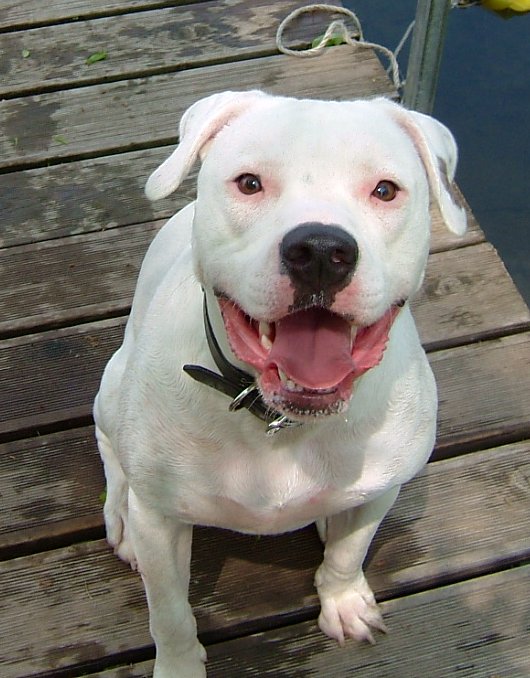
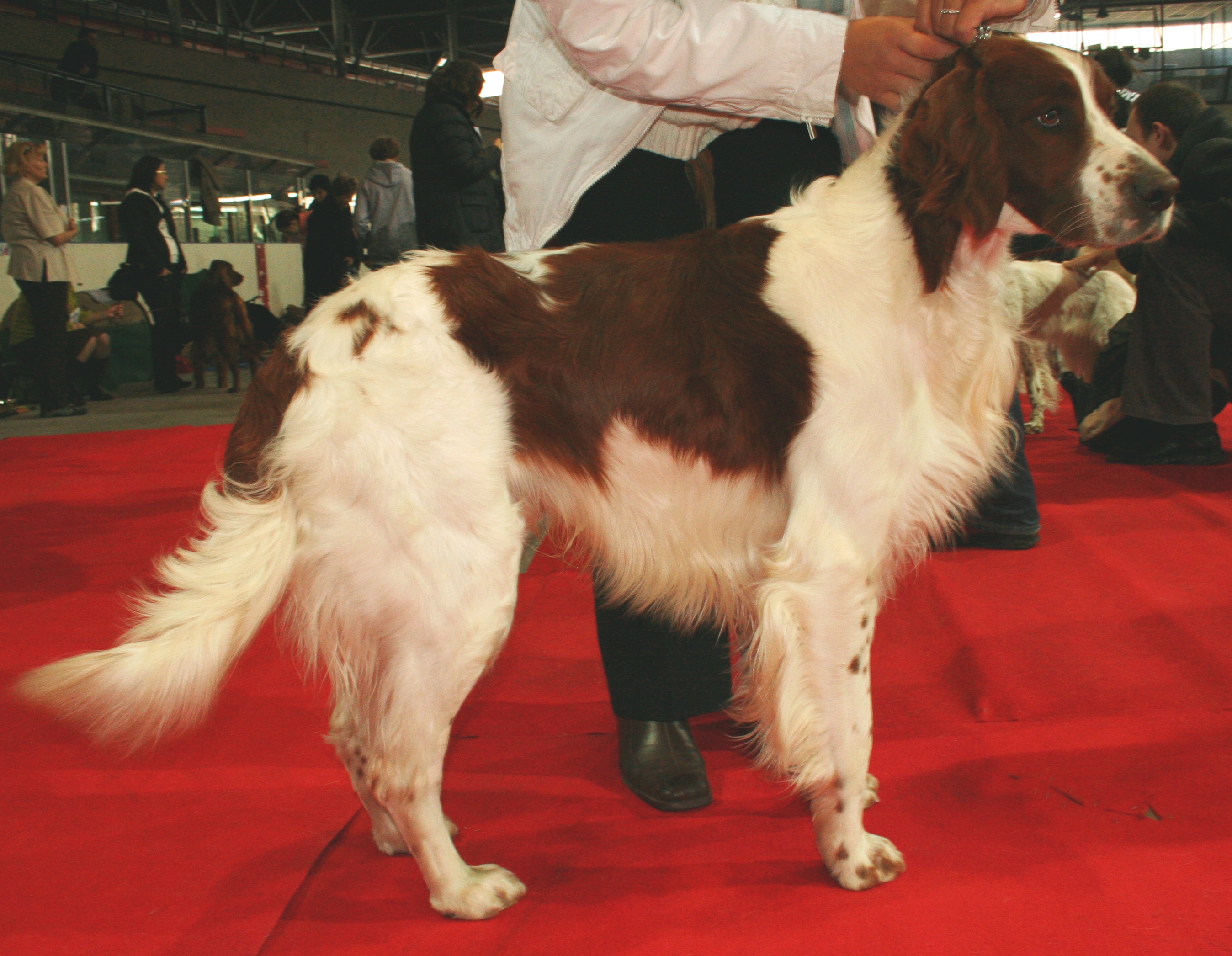

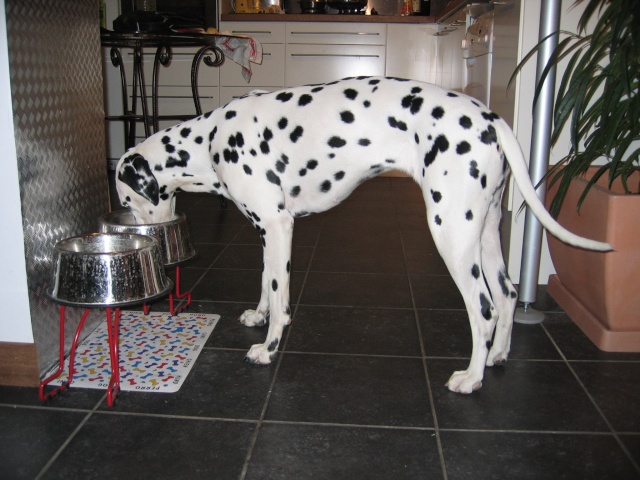
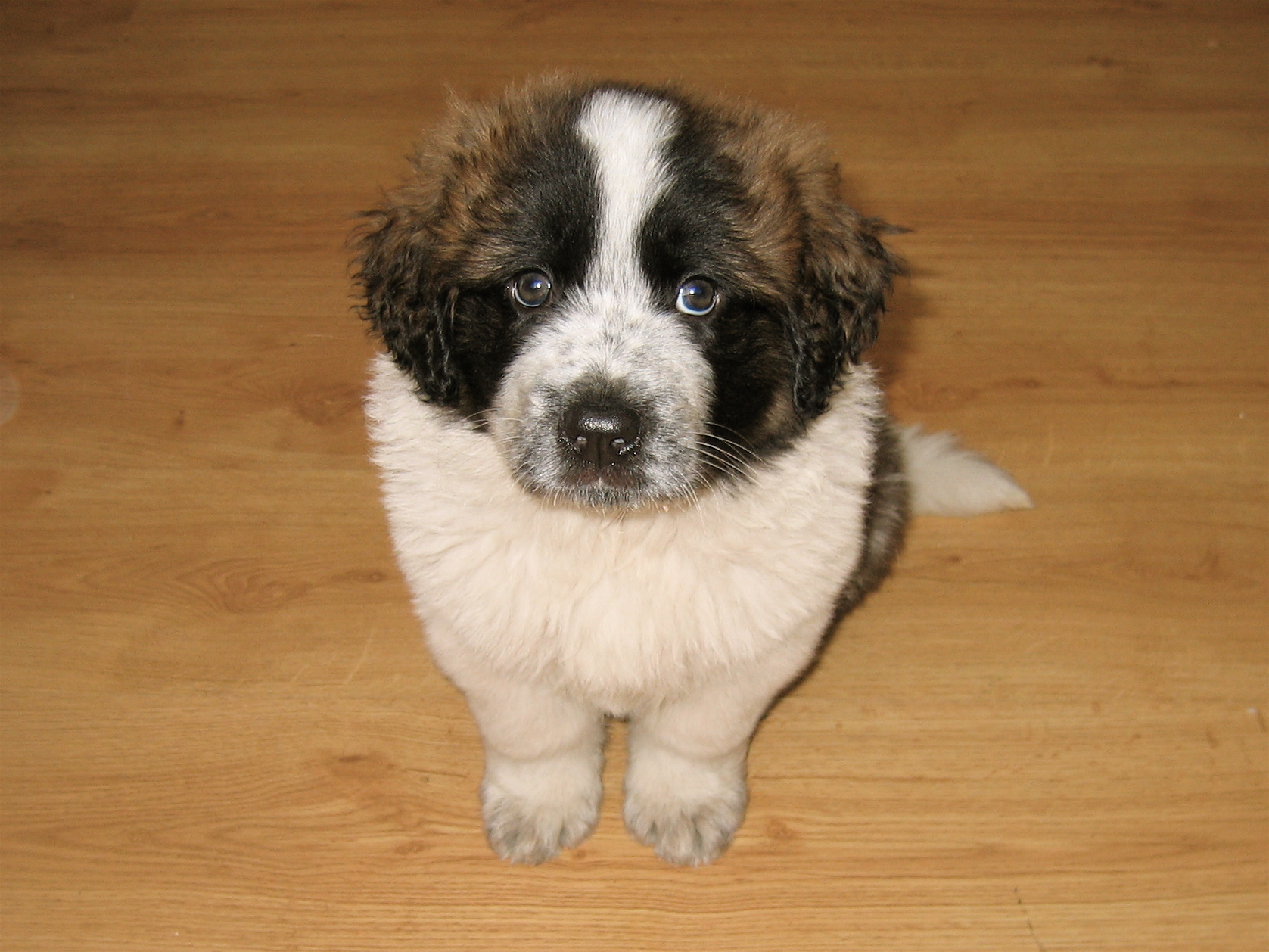

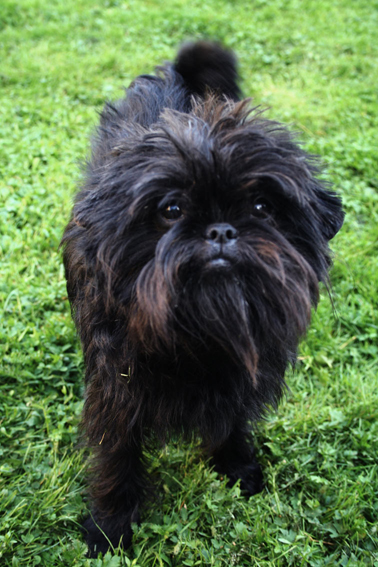
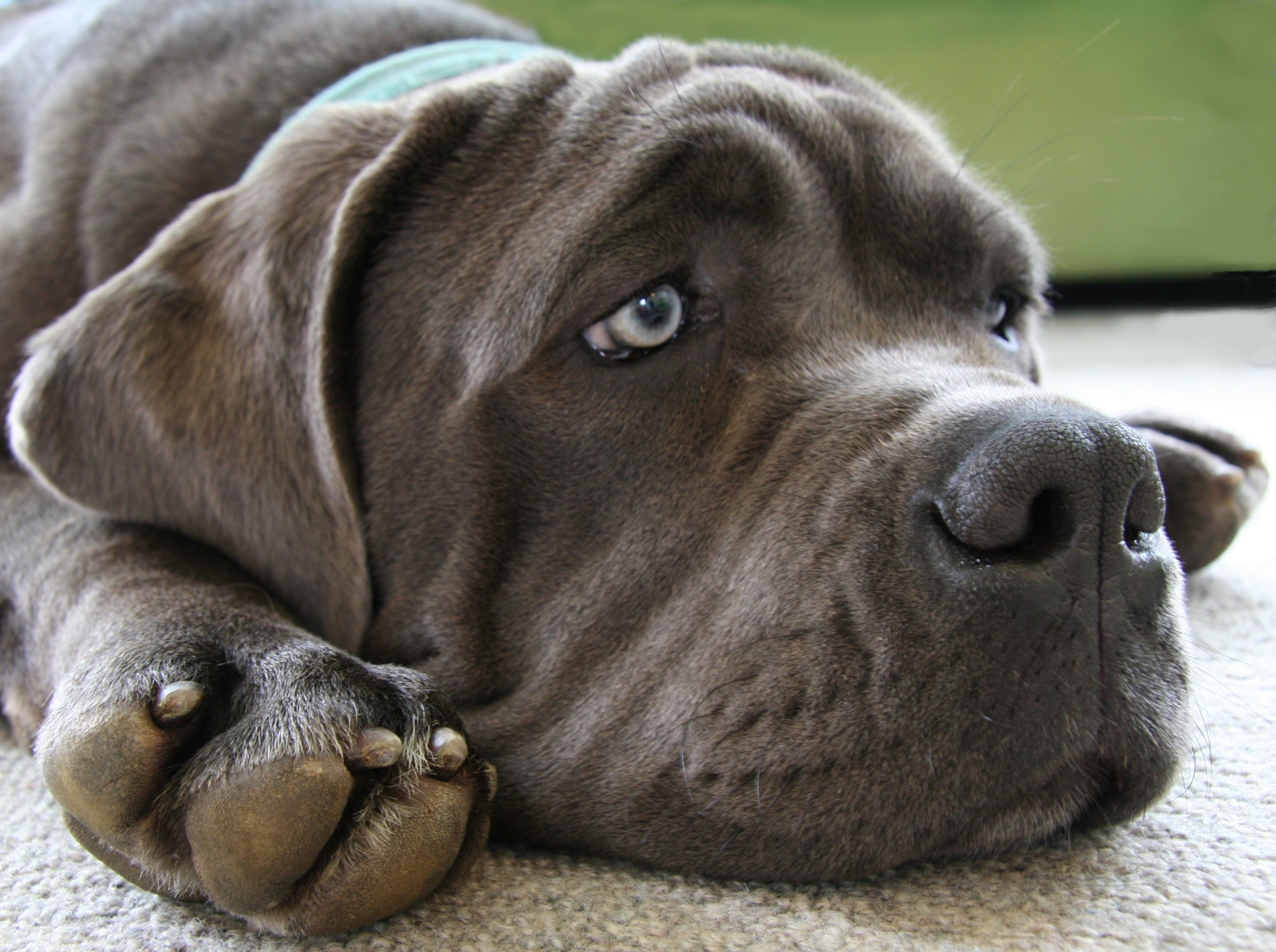

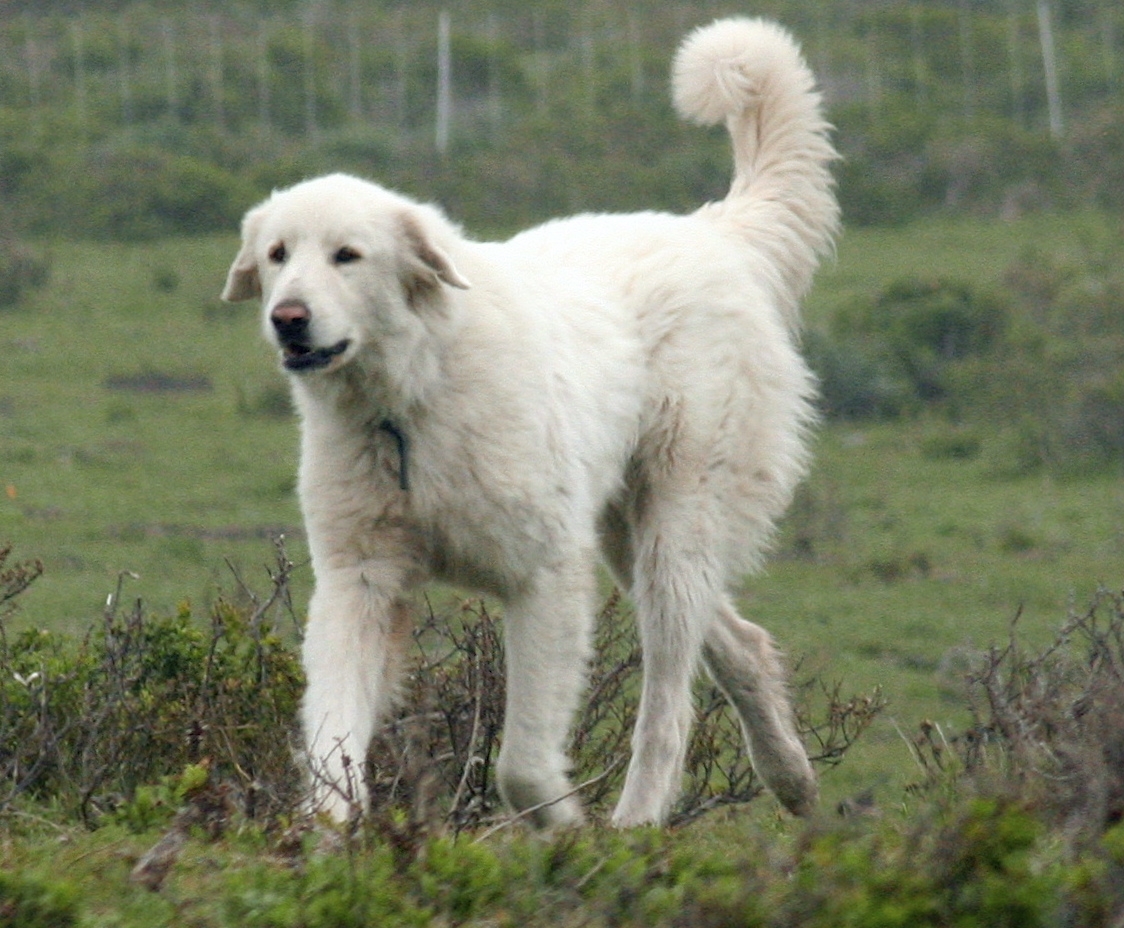
.jpg)
